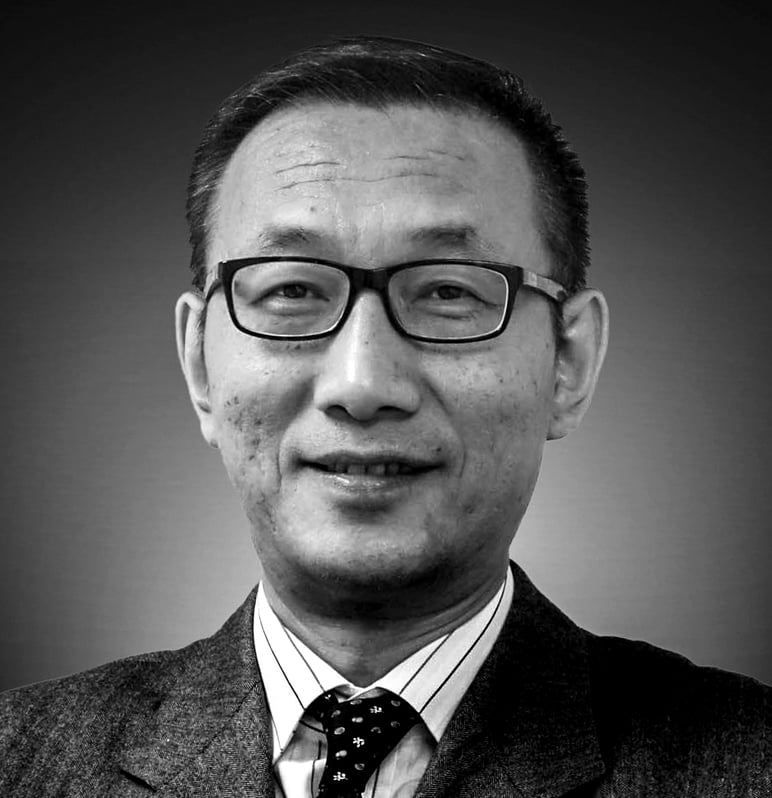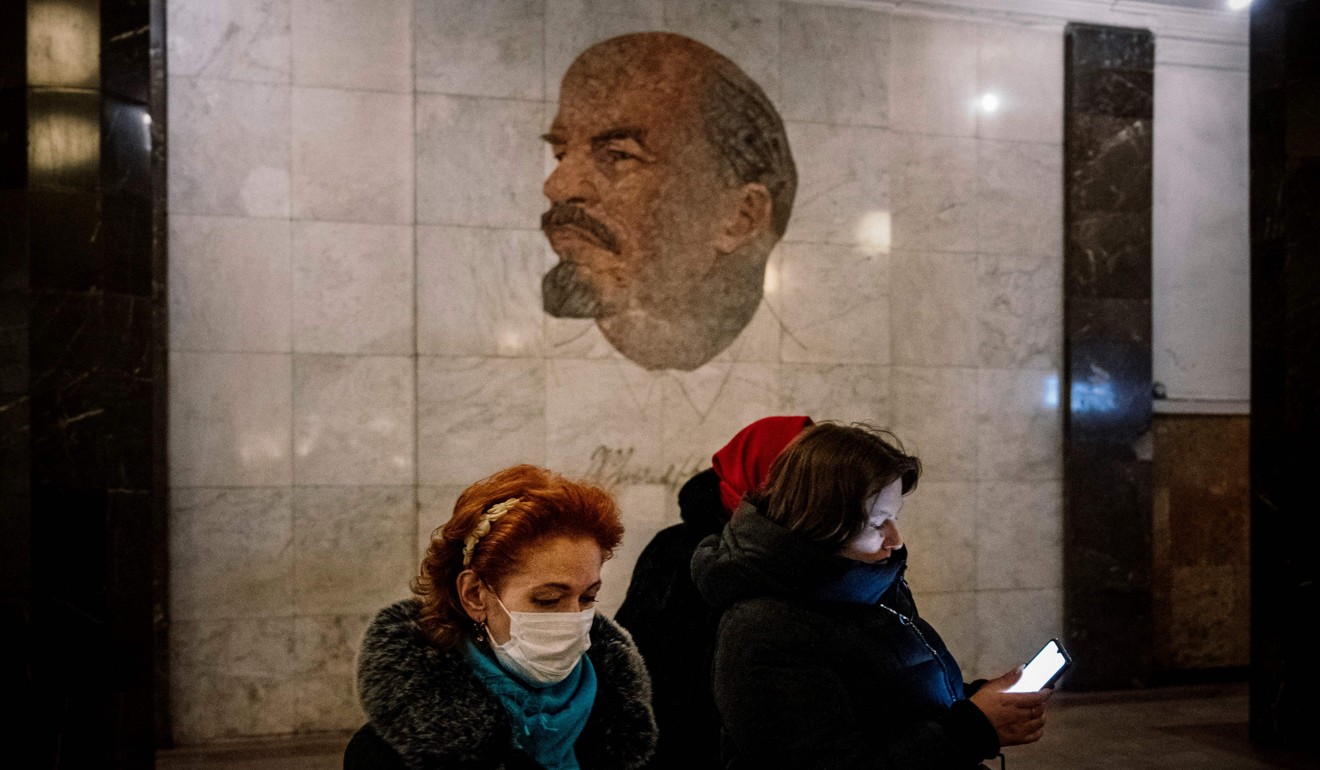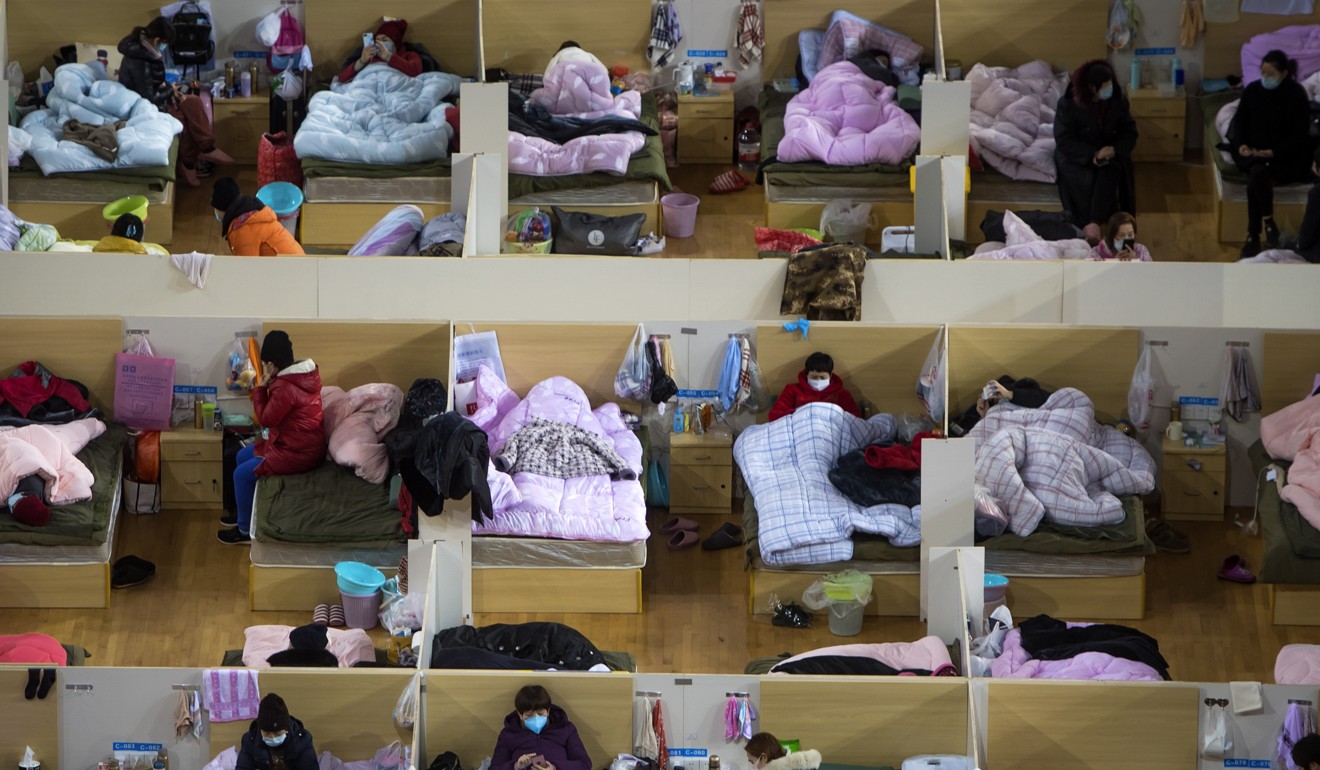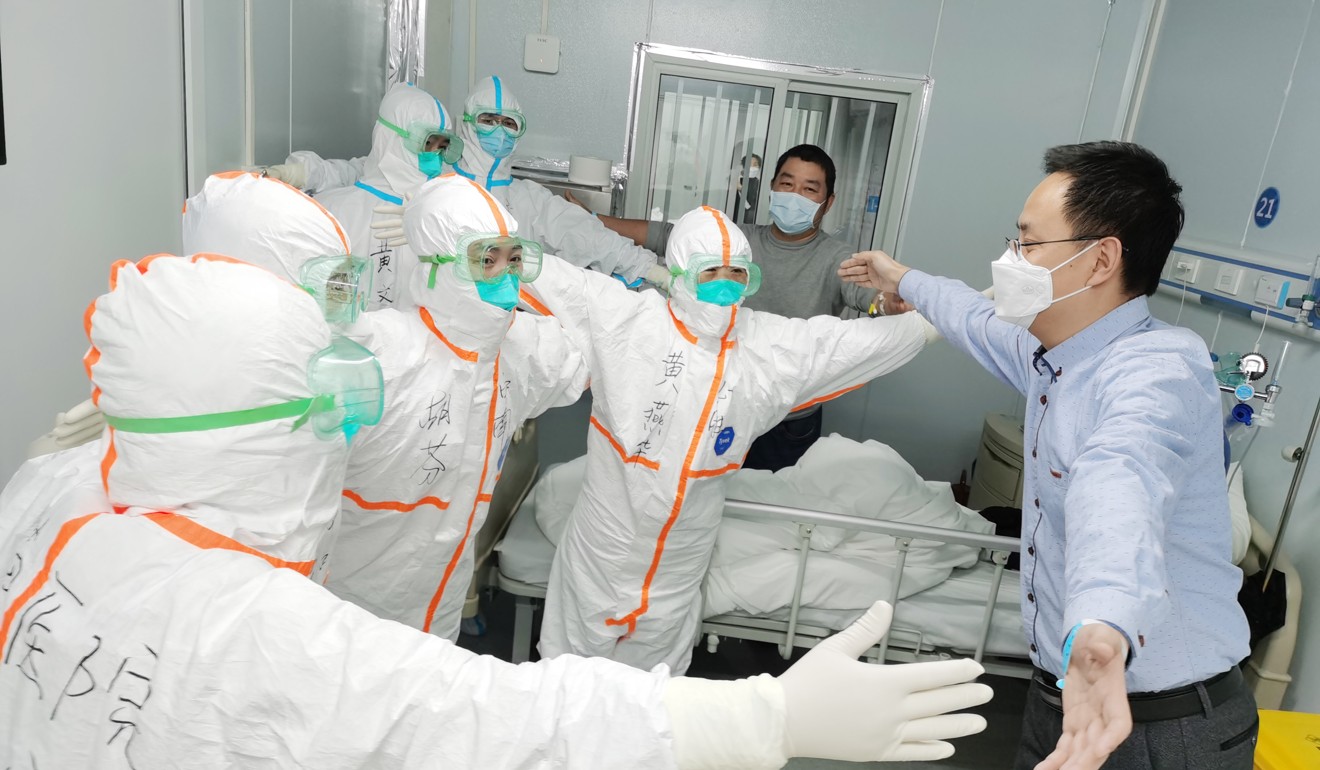
The coronavirus is no Chernobyl, but a wake-up call for China’s top-down autocratic rule
- Comparisons to the Soviet-era meltdown are far-fetched, though there are lessons to be learned
- Among them, the benefits of transparency, rule of law, vibrant media and a bottom-up approach that harnesses the power of civil society
Back in November 2016 at the 3rd World Internet Conference in Wuzhen of Zhejiang Province, Li Bin, then China’s health minister, told a roomful of hi-tech honchos that information technology was driving development of the country’s health industry.
In particular, she said China had completed the world’s biggest internet-based direct reporting system for infectious disease epidemics and public health emergencies, which would enable epidemic information from the grass roots to reach the Chinese Centre for Disease Control and Prevention (China CDC) in four hours, as opposed to five days previously.
Coronavirus: what Xi fears most is Chinese turning on the Communist Party
In March last year, Gao Fu, director of China CDC, told reporters that a virus like Sars (severe acute respiratory syndrome) could happen at any time but that in future such a virus would not cause an epidemic on the same scale because of China’s well-rounded infectious disease monitoring network and defence capabilities.
The assured tone of top health officials has made China’s initial failure to take prompt measures to contain the coronavirus all the more telling – and not least because it is from the same family of viruses as Sars.

The number of confirmed coronavirus cases has already passed 74,000 and there have been more than 2,000 deaths – a far greater toll than the more than 8,000 cases and fewer than 800 deaths caused by Sars in the 2002/2003 outbreak.
The leadership has publicly acknowledged that the epidemic poses “a major test of China’s system and capacity for governance, and we must sum up the experience and learn from it”.
Coronavirus: going ahead with China’s ‘two sessions’ as normal would be foolhardy
There are certainly plenty of lessons to learn as some pitfalls in China’s much vaunted top-down governance model have been laid bare. For instance, a serious and thorough review is warranted afterwards to recognise the importance and benefits of the bottom-up approach, which could harness the power of civil society and a vibrant media and help the country deal with future crises more according to the rule of law.
On February 15, the party’s leading theoretical journal Qiushi published a speech Xi made at a meeting of the Politburo Standing Committee, the country’s highest governing council, on February 3 where he said he had issued demands on responding to the virus on January 7.
But official media reports on the meeting that day did not mention Xi’s instructions on the virus response and it was not until two weeks later, on January 20, that the media quoted Xi as urging all-out efforts to contain the outbreak.
Since last weekend, overseas analysts have been speculating on the reasons behind the relatively speedy release of Xi’s speech. Although the Politburo Standing Committee meets frequently, the meetings are rarely reported and the speeches given by the top leader are often made public months later, if not years.
As the content of Xi’s speeches is most likely vetted by himself, the publication is probably meant to show that he has been in charge of the government’s response to the outbreak all along, despite the fact that the new timeline could inadvertently expose him to criticism.
Foreign Minister Wang Yi, in an interview with Reuters on February 14, offered some explanation. When asked directly why China had not initially been forthcoming about the outbreak despite earlier warnings, he said it took time to understand and learn about the new virus, and a responsible government would have to make decisions based upon serious and repeated tests and study.
Some analysts have speculated that concerns about the impact on the economy or a bid to avoid a panic over the Spring Festival, China’s most important holiday, could have caused the delay. Because of the cloak of secrecy surrounding the top leaders’ decision-making process, the true reasons may never be known.
Nonetheless, the latest revelation has fuelled a narrative among some overseas analysts comparing the outbreak to the 1986 meltdown of the Chernobyl nuclear power plant. Back then, the Soviet Union’s leadership was accused of initially suppressing knowledge of the incident. The subsequent revelation of the disaster seriously eroded confidence in the communist regime, leading the Soviet regime on a spiralling downward path that ended with its demise in 1991. Such a comparison may be eye-catching but it is far-fetched. Despite a slow start, the Chinese government has since gone to extraordinary lengths and adopted draconian measures to contain the outbreak.
Over the past few weeks, the government has sent more than 30,000 civilian and military medical personnel to Hubei province and built two hospitals offering two thousand beds in total at breakneck speed in just 10 days. It has also turned hotels and stadiums into makeshift hospitals to accommodate and treat infected patients in Wuhan, the epicentre of the outbreak.

China’s unprecedented efforts have started to show encouraging results. By Thursday, new confirmed cases excluding those in Hubei fell on the 16th day to 45, from 890 on February 3. This means the number of new cases fell to a single digit or there were no new cases in each of the 30 provinces and municipalities on the mainland, excluding Hubei. If the current trend continues, Beijing has a good chance of containing the outbreak by April – the best-case scenario envisioned by Chinese health experts and leaders.

Even if that happens, there is no cause for celebration. As China has already paid an enormous cost, both economically and politically, it is far better to focus on learning from this tragedy so that some benefit can emerge.
Another lesson is that China’s bungled initial response has exposed a central weakness in the top-down governance model heavily fortified since Xi came to power in 2012.
As local officials are repeatedly required to listen to the party centre in Beijing, they are simply afraid of taking any initiative. Zhou Xianwang, mayor of Wuhan, admitted as much when he said he had not issued public warnings about the virus earlier because he needed instructions from the higher authorities.
Coronavirus response highlights flaws in how China’s bureaucracy handles a crisis
Instead, media organisations have been repeatedly reminded that they must have the party as their family name and they must reflect the party’s will, submitting themselves to the whims of party officials at various levels.

Over the past few years, the government’s continuous suppression of non-governmental organisations (NGOs) and institutions has meant society has lost something important. The NGOs’ involvement and their expertise as well as their grass-roots links would have enabled them to play a much-needed role in helping to stop the spread of the outbreak.
The Chinese government may have won approval from the WHO and other countries for its draconian measures to contain the outbreak, including its mandatory measures to keep residents at home. But many of those measures have gone far beyond the scope of the law. Viral online videos show security officers bursting into people’s homes and smashing mahjong tables – on the grounds that such meetings are illegal gatherings – and parading in the street people who failed to wear face masks.
Nowadays, the leadership’s favourite motto is that “east, west, south, north, and centre, the party leads everything”. The fallout from the coronavirus outbreak has shown that the bottom-up approach is equally important. ■
Wang Xiangwei is the former editor-in-chief of the South China Morning Post. He is now based in Beijing as editorial adviser to the paper
Purchase the China AI Report 2020 brought to you by SCMP Research and enjoy a 20% discount (original price US$400). This 60-page all new intelligence report gives you first-hand insights and analysis into the latest industry developments and intelligence about China AI. Get exclusive access to our webinars for continuous learning, and interact with China AI executives in live Q&A. Offer valid until 31 March 2020.











